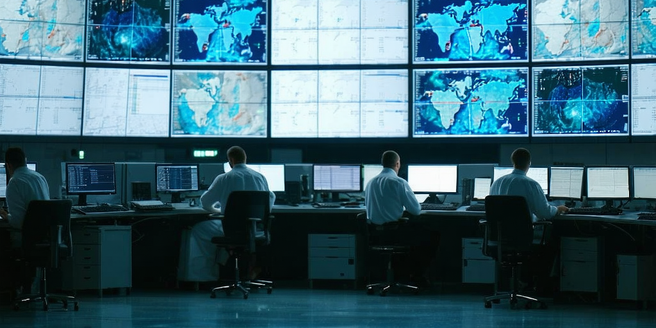
Understanding Weather Patterns: A Historical Overview
Weather patterns have fascinated human beings for centuries, shaping cultures and livelihoods. Early civilizations relied on simple observations of the sky to predict seasonal changes. The Babylonians, for instance, created one of the first known weather calendars based on lunar cycles. As time progressed, Aristotle’s meteorological theories in antiquity laid groundwork for future exploration. During the Renaissance, instruments like the barometer and thermometer emerged, allowing for quantitative analysis of weather phenomena. By the 19th century, synoptic weather charts began to take shape, thanks to the telegraph and the efforts of pioneers such as Francis Beaufort and Robert FitzRoy. These historical advancements highlight the growing understanding of Earth’s atmospheric dynamics, paving the way for the complex meteorological models used today.
Technological Breakthroughs in Meteorology
The field of meteorology has been transformed by numerous technological breakthroughs. In the 20th century, the advent of computers revolutionized weather predictions, introducing numerical weather models that could analyze vast amounts of meteorological data. Radar technology further enhanced forecasting by providing detailed images of precipitation patterns. Early meteorologists could only dream of the pinpoint accuracy modern technology now offers. The development of satellite technology in the late 20th century marked another significant leap, allowing for comprehensive global observations. Today, supercomputers with advanced algorithms enable precise forecasts, while innovations in machine learning and artificial intelligence promise to further revolutionize weather predictions. These technological advances have not only improved the accuracy of weather forecasts but have also expanded our understanding of complex atmospheric processes.
The Role of Satellites in Modern Weather Forecasting
Satellites play a crucial role in modern weather forecasting, providing real-time data and comprehensive observations of the Earth’s atmosphere. Equipped with sophisticated sensors, meteorological satellites capture a wide range of data, including cloud cover, sea surface temperatures, and atmospheric humidity levels. This information is critical for predicting weather patterns and tracking severe weather events, such as hurricanes and typhoons. Geostationary satellites, which remain fixed over a specific area, offer continuous monitoring, while polar-orbiting satellites provide global coverage by circling the Earth. The integration of satellite data into weather models enhances the accuracy of forecasts, enabling timely warnings that save lives and minimize damage. As technology advances, satellites will continue to be indispensable in the pursuit of improved weather prediction.
Climate Change and Its Impact on Meteorological Studies
Climate change is profoundly impacting meteorological studies, altering weather patterns and challenging existing models. Rising global temperatures have led to increased frequency and intensity of extreme weather events, such as heatwaves, droughts, and intense storms. Meteorologists are now tasked with adapting climate models to account for these changes, improving predictions of future climate conditions. The interplay between climate change and weather events necessitates ongoing research to understand these complex dynamics. Additionally, the study of climate change is prompting advances in meteorological instruments and data collection methods, as scientists seek to monitor atmospheric changes with greater precision. Understanding these impacts is crucial for developing strategies to mitigate and adapt to a changing climate.
Future Innovations in Weather Prediction and Monitoring
The future of weather prediction and monitoring is poised for remarkable innovations, driven by advances in technology and research. Developments in artificial intelligence and machine learning hold the potential to revolutionize meteorological models, enabling faster and more accurate forecasts. The integration of big data analytics and Internet of Things (IoT) devices will offer more granular weather monitoring, while advances in satellite technology promise to provide even more detailed global data. Wearable tech and community-based sensors will augment traditional weather stations, offering hyper-local insights. Additionally, innovations in communication technologies will ensure timely dissemination of weather alerts to vulnerable populations. As these innovations evolve, they will enhance our ability to predict and respond to weather-related challenges, ultimately contributing to increased safety and resilience against natural forces.
